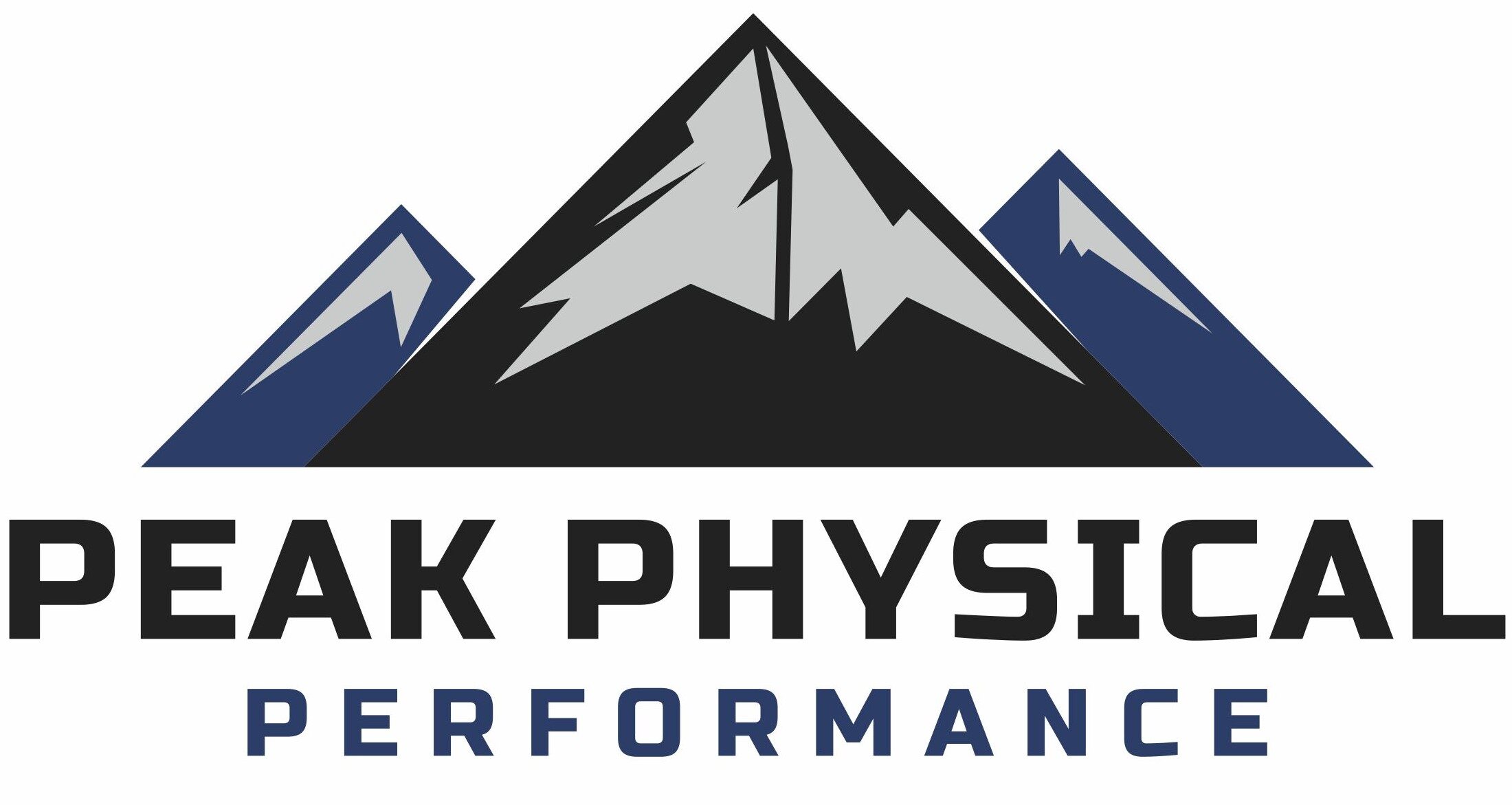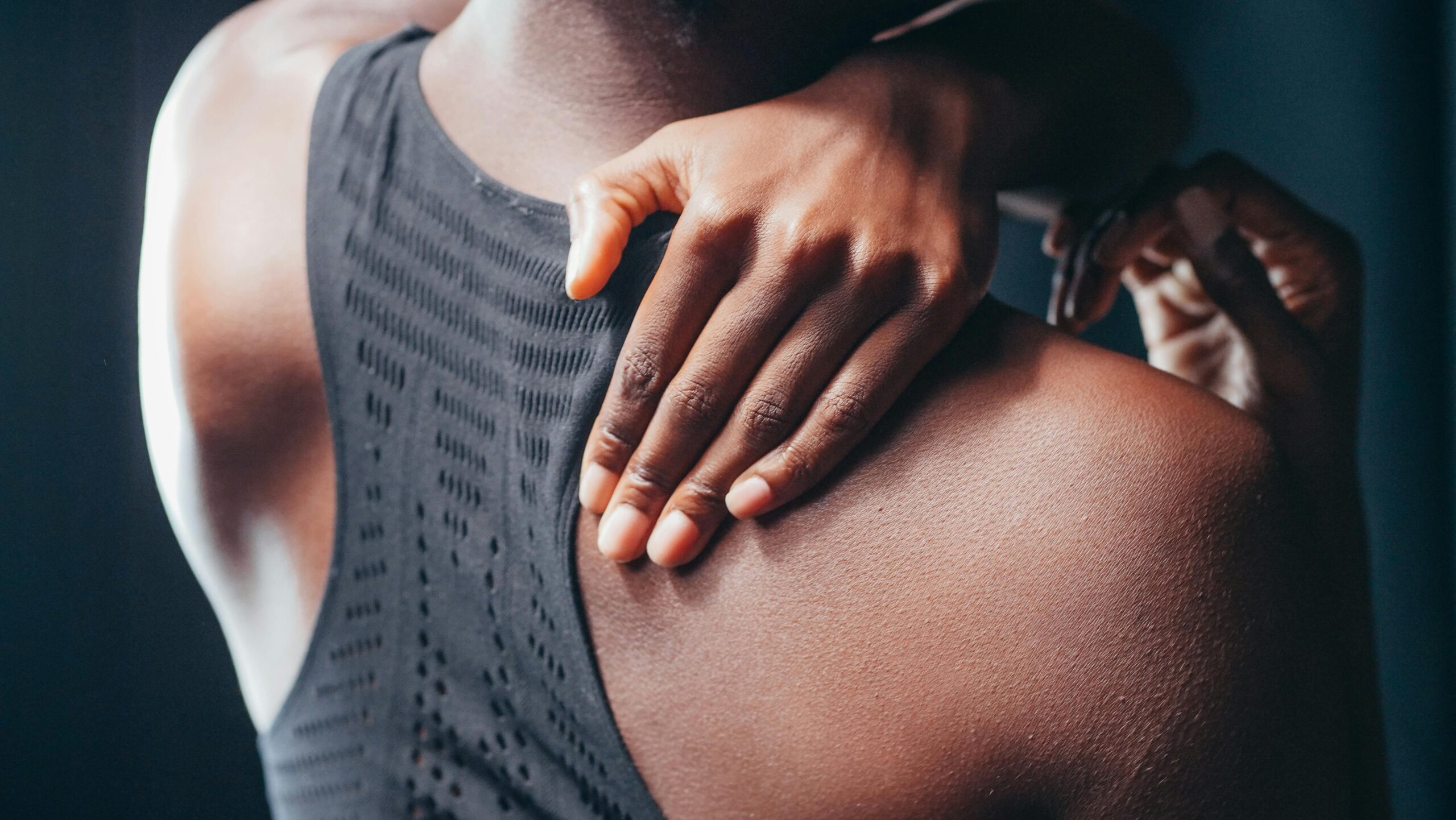If you’ve ever asked yourself, “Is this pain from a good workout, or did I injure something?”—you’re not alone. Knowing the difference between soreness and injury can help you recover safely, avoid setbacks, and know when it’s time to see a physical therapist.
In this post, we’ll break down how to tell normal muscle soreness (like DOMS) apart from true injury pain, what signs to watch for, and when to seek help.
🔍 What Is Muscle Soreness (DOMS)?
Muscle soreness—specifically Delayed Onset Muscle Soreness (DOMS)—is a completely normal response to exercise, especially after new or intense activity.
DOMS typically:
- Starts 12–24 hours after exercise
- Peaks at 24–72 hours
- Feels like a dull, achy pain in the muscles
- Gets better with movement or light activity
- Goes away in 2–5 days
Common causes of DOMS:
- New workouts or exercises
- Increased intensity or volume
- Eccentric movements (e.g., lowering weights slowly)
✅ Tip: To relieve normal muscle soreness, try light activity, stretching, hydration, and sleep.
⚠️ What Does Injury Pain Feel Like?
Unlike soreness, pain from injury is a warning sign that something isn’t right. This type of pain often:
- Happens suddenly or during a specific movement
- Feels sharp, stabbing, or burning
- Is usually located in a joint, tendon, or ligament
- Can cause swelling, bruising, or weakness
- Worsens over time or with activity
Examples of common injuries:
- Muscle strain
- Ligament sprain
- Tendonitis
- Joint instability
If you’re feeling a sharp pain after a workout or during daily activities, it could be more than just DOMS.
🆚 Soreness vs. Injury: Key Differences
| Feature | Muscle Soreness (DOMS) | Injury Pain |
|---|---|---|
| Onset | 12–24 hrs after exercise | Immediate or sudden |
| Pain Type | Dull, achy | Sharp, stabbing, burning |
| Location | Muscle belly | Joint, tendon, ligament |
| Improves with | Light movement | Often worsens with use |
| Duration | 2–5 days | Lasts longer or gets worse |
| Swelling/Bruising | Rare | Common |
🩺 When to See a Physical Therapist
Not sure if it’s soreness or an injury? Here’s when to get professional help:
- Pain lasts more than 5–7 days
- Pain limits your movement or strength
- You notice swelling, bruising, or numbness
- Pain disrupts daily activities or sleep
- You feel unstable in a joint (like a knee or shoulder)
A licensed physical therapist can evaluate your condition and create a treatment plan to help you recover safely—whether you’re dealing with soreness or a more serious injury.
✅ Takeaway: Know Your Body’s Signals
Understanding the difference between muscle soreness and injury is essential for staying active and pain-free. If the pain is mild, symmetrical, and goes away in a few days, it’s likely DOMS. But if it’s sharp, sudden, or persistent, don’t ignore it—seek guidance from a physical therapist.



No responses yet